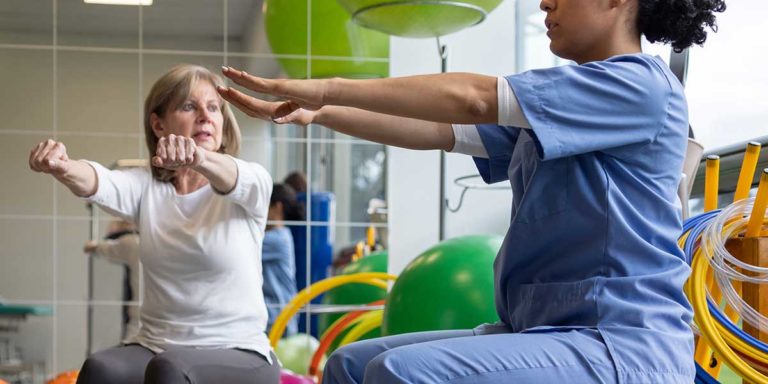Understanding Apraxia: Navigating the Path to Clear Communication
Apraxia is a neurological speech disorder that significantly affects an individual’s ability to produce sounds and words with accuracy. Unlike other speech disorders where the brain struggles to process language, apraxia primarily impacts the motor planning required to form speech sounds. This condition can present challenges across all age groups, with children often diagnosed with Childhood Apraxia of Speech (CAS) and adults potentially developing apraxia due to strokes, traumatic brain injuries, or other neurological events.
What Causes Apraxia?
Apraxia occurs when there is a disconnect between the brain and the muscles needed for speech. The brain struggles to send correct instructions for speech movement to the muscles of the lips, jaw, and tongue. As a result, those with apraxia might find it difficult to coordinate these muscle movements, even though the muscles themselves are not weak. In children with CAS, the exact cause is not always clear, though it is thought to be related to abnormal neural connections affecting speech development. In adults, apraxia can be acquired due to brain injury, stroke, or progressive neurological diseases.
Symptoms of Apraxia
Individuals with apraxia experience a range of symptoms that vary in severity:
- Inconsistent Errors: They might make different errors when attempting the same word repeatedly.
- Effortful Speech: They often have to work hard to produce sounds, leading to slower or more deliberate speech.
- Limited Vocabulary: In children, apraxia can limit vocabulary development, especially in cases of CAS.
- Reduced Intelligibility: Adults and children with apraxia often struggle with being understood because of incorrect speech sounds.
Diagnosing Apraxia
Diagnosing apraxia requires the expertise of a licensed speech-language pathologist (SLP) trained to assess speech motor skills. During an assessment, the SLP may evaluate the individual’s ability to produce sounds, syllables, and words. Testing may include repetition exercises, observation of spontaneous speech, and specific assessments designed for motor planning.
Treatment Approaches
Treatment for apraxia typically involves intensive speech therapy with a focus on motor planning. Techniques may include:
- Repetitive Practice: Frequent and focused practice of sounds, syllables, and words can help build neural pathways for more precise movements.
- Multi-Sensory Cues: Using visual, tactile, and verbal prompts can support motor planning for speech.
- Alternative Communication Methods: For severe cases, augmentative and alternative communication (AAC) devices may assist in bridging communication gaps.
Supporting Communication Beyond Therapy
For those affected by apraxia, additional support in daily life is essential. Families can use strategies to encourage communication, such as creating a comfortable environment for speech practice and using supportive techniques like sign language or visual aids if needed.
Living with apraxia can be challenging, but with a comprehensive treatment plan and supportive resources, individuals can improve their ability to communicate effectively. Early diagnosis and intervention are critical, particularly for children, to support language development and ensure they can engage fully with their world.
References
- American Speech-Language-Hearing Association (ASHA). (n.d.). Childhood Apraxia of Speech. Retrieved from https://www.asha.org
- Mayo Clinic. (2023). Apraxia of Speech. Retrieved from https://www.mayoclinic.org
- National Institute on Deafness and Other Communication Disorders (NIDCD). (2021). Apraxia of Speech. Retrieved from https://www.nidcd.nih.gov







